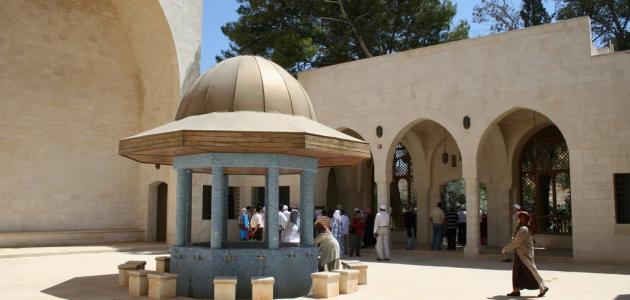Table of Contents
Constantine
Constantine is considered one of the largest cities in the ancient Republic of Algeria and one of the oldest cities in the world as well. One of its current names is the city of suspended bridges due to the presence of bridges that transport a person from the East Bank to the West Bank in the city and vice versa, which is called the capital of the East of Algeria, and the city of ancient rock, because it was built On a rock from the harsh lime, it also obtained the title of the Capital of Arab Culture in 2015 AD, as for its population, it is estimated at 442,862 people, according to 2008 statistics, distributed over an area of 231.63 km².
Civilizations over the city of Constantine successively included the Phoenicians, the Romens, the Byzantines, and then to Islamic rule, until it fell under the influence of French colonialism for three decades, to obtain its independence after that in 1962 AD.
The climate of Constantine
Constantine’s climate is dry, cold in winter, and very hot during the summer. Therefore, the spring season is considered the most appropriate period to visit the city and enjoy its various sights.
Tourist attractions in Constantine
Tourist and monuments:
- Ahmed Bey Palace: It is the only urban palace built on 3 gardens, and its building style is similar to contemporary Moroccan houses, and it contains deer and many rare birds.
- The seven suspension bridges: Such as the Bab Al-Qantara Bridge, which is the oldest bridge, Sidi Rashid Bridge, which is the highest stone bridge in the world, Al-Shatan Bridge, Sidi Masid Bridge, which is the highest bridge in the city, Waterfalls Bridge, Mallah Bridge, and the Sheep Bridge.
- Old mosques: Such as the Great Mosque, which was built during the reign of the Zirid state in 1136 AD, and the Prince Abdul Qadir Mosque in the style of Andalusian civilization and it is the largest mosque in North Africa, the Mosque of the Spinning Market in 1730 AD, the Mosque of Sidi Al-Akhdar in 1743 AD, and the Mosque of Sidi Kettani in 1776 AD.
- Prehistoric caves: Like the Bears Cave and the Iroe Cave.
- The dead monument: It was built in 1934 AD to mark the death of French colonialism.
- Masensa Shrine: He is the king of Numidia who founded his kingdom and then took Constantine the capital of his kingdom.
- Bathrooms: Like the ancient Romen.
- Saleh Bay Resort: It is for rest and recuperation, and it is located 8 km to the northwest of the city, and is attributed to King Salih Bey, which he built for him and his family in the eighteenth century.
- Tedes or Arches: This city ends in a hidden mountain, and it became clear that since the time of the Romens the people were heading to worship.
- Old doors: These doors are closed in the evening after they perform their military fortification function such as: Gate of Qantara, Bab al-Hanash, Bab Serta and others, but the French colonialism completely removed them.








